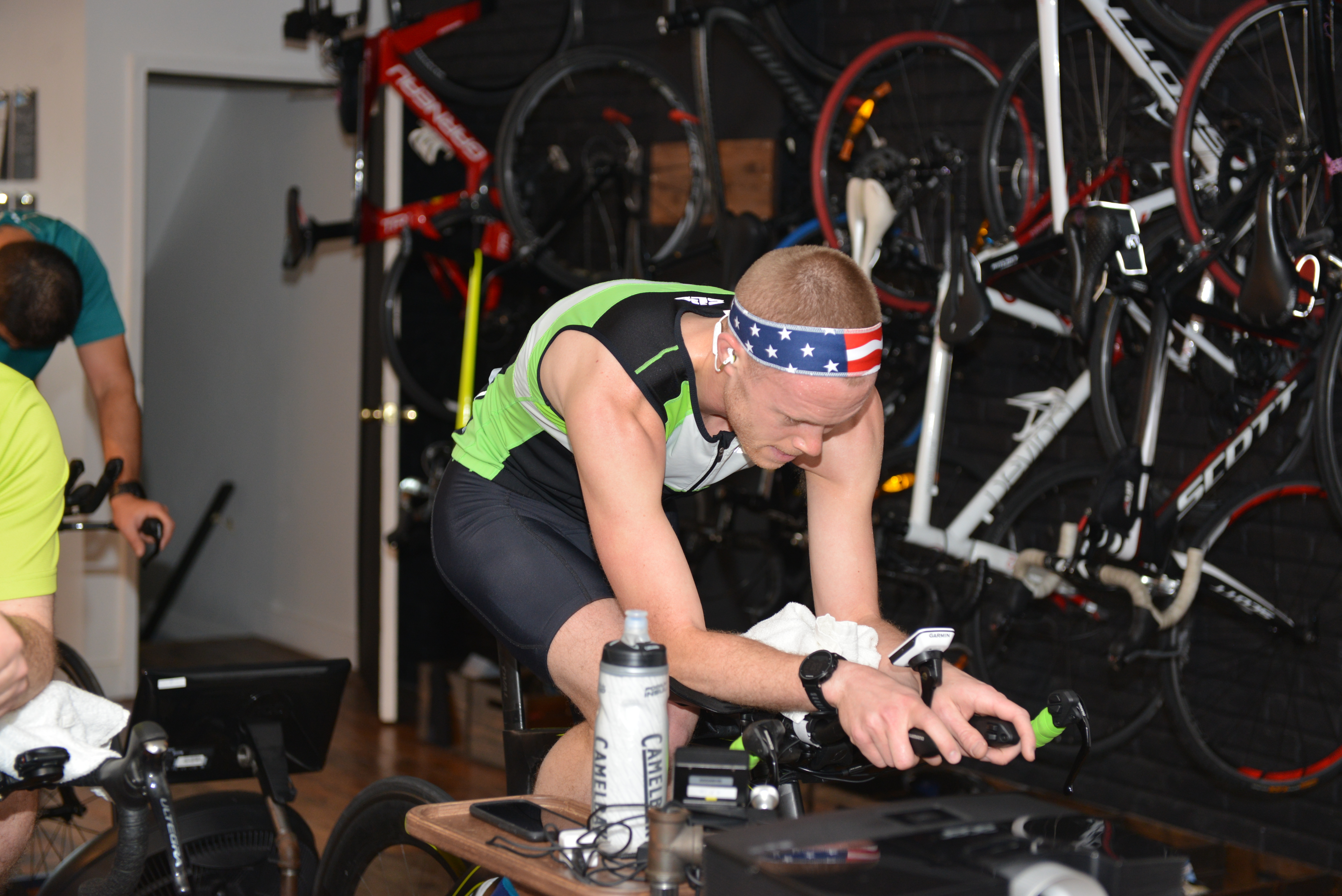
17 Jan The Struggle for (More) Certainty
I don’t like uncertainty.
My career, my company, my brand are all dependent on the premise of certainty. Athletes who pay me money to coach or counsel them, trust that I have the tools to help them succeed – to take them from ‘A’ to ‘B’.
From couch to half marathon.
From jumping on a bike to the first triathlon.
From a beginner to Ironman.
Now, in order to get from that start to that goal efficiently, it’s important to be able to measure fitness – which for this piece will mean the ability to accomplish a physical task. This fitness is objective. It is necessarily quantifiable. I like counting, so this approach was a great fit for my athlete-as-scientist approach to endurance sport coaching.
Cycling and power
The use of power in cycling went a long way in reducing uncertainty. We could now objectively quantify output. Watts were watts. Watts did not care how well you slept or how many ‘recovery’ beers you drank the night before.
Power didn’t replace heart rate or rate of perceived exertion as performance metrics. Power just took the lead as the most useful of the bunch. With an accurate assessment of where a rider was today in terms of fitness, it became possible to map a route to some future fitness goal. We had the tool to assess and monitor fitness and to assign work that would – in theory – elicit the physiological adaptations required to hit our goals.
Great! Right?
Yes! Well mostly.
An important limitation of any system that promises accuracy is its reliance on accurate input data! The tired but accurate adage ‘garbage in. garbage out.’ applies here in a powerful way. The more you lean on – trust in – the perception of accuracy when using power meters, the more you must ensure that you feed the system quality data.
The granddaddy of inputs for your power-based training plan was the Functional Threshold Power (FTP) Test. Hunter Allen’s / Andrew Coggan’s 95% of a 20-minute maximal effort model was – and likely still is – the most popular. It was a good place to start, but there were problems. For one, many cyclists and triathletes – especially those new to the sport – really struggled to lay down a true maximal effort. Even if the test represented a true max, using a single point of data to extrapolate maximal efforts for durations both significantly shorter and significantly longer than 20 minutes became increasingly prone to error.
So what’s the fix?
I have spent much time in the last eighteen months looking for a solution that is accurate, useful, and cost-effective. I wrote about options for more-accurate power testing and fitness assessment in this post from October. That article is a worth a read.
After trying them all, I believe that the fifth option on that list – a service from the Swiss company INSCYD – is where I’m headed. I’ve recently tested their protocol and analysis on my own bike legs and was legitimately impressed with both the accuracy of the results and the wealth of actionable data obtained. I’m happy to publish my results if folks want to have a look, but here’s a quick summary of what I like.
Accuracy
My INSCYD results matched very well with a full metabolic cart test that I did a month prior. I know that that is an N = 1 kind of assertion. So factor in the use of the platform by my coaching mentor David Tilbury-Davis, Jan Frodeno’s coach Dan Lorang, and pro cycling teams Jumbo-Visma and BORA-Hansgrohe, and I feel solid about the choice!
Utility
If accurate data is good, useful accurate data is great! Here’s what you get from an INSCYD test.
- True threshold power
- VO2max power & O2 consumption rate
- Fat & carbohydrate combustion rates vs power
- VLaMax data
- Lactate accumulation rates vs power
- Lactate clearance rates vs power
- Meaningful training zones that are specific to your own physiology rather than an average male college student
Convenience
The testing requires nothing more than a power meter-equipped bike. That’s all! No trips to a special facility. No expensive training equipment. You can test whenever you like.
Is this the end of the story?
Likely no. I’m always on the lookout for best, evidence-backed testing and training tools. Right now, this is the one that gives us the most reliable data, the most actionable training advice, at a reasonable cost, and without the need for special kit.
I’m not walking away from other tools and protocols. I’m still very much a fan of Xert and their mathematical model. I’ll continue to use their service for both myself and the few road cyclists I coach.





No Comments